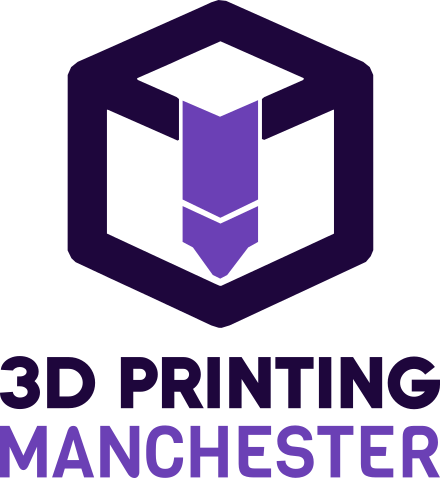Manchester 3D Printing
3d Printing Service Manchester
3D printing is the making of a physical object from a three-dimensional digital design, by adding layers and layers of materials until a structure is formed. 3D printing Manchester is driven to help our customers create the best 3D designs to their satisfaction. We are experienced with using different 3D processes and materials with our 3D printers, allowing for a wide range of custom designed products to be created. So if you are in in Greater Manchester or Lancashire and have requirements for recreating obsolete parts, creating a new solution to an old problem or simple want to have a unique one of item, contact us today for all your 3D print supplies.
Contact Us 24/7
What Does a 3D Printing Process Involve?
The Fabrication software constructs build plans from STL or CAD files and automatically generals support and control parts where required based on the geometry of the shape the the print material to be used. Layer upon layer of the chosen material is extruded through metal rods to build up the item. We employ the best process for our 3D Printing, whilst there are many options for 3D printing such as: Material Extrusion, VAT Polymerization, Binder jetting, Sheet lamination, Powerbed fusion and Material jetting. Let us simplify the choice, our experts will advise on the best process based on the performance requirements of the item being printed.
Types of 3D Printing Manchester
Material Extrusion:
In this process, the core principle that we abide by is that any material that is in a semi-liquid or paste form can be pushed through a nozzle and used to draw a sliced 3D model. The 3D printing technology we use for this is Fused Deposition Modelling (FDM), which is one of the most widely adopted 3D printing technologies around. Most of our 3D printers use plastic like ABS (Acrylonitrile butadiene styrene) or PLA (Polylactic acid). The material used is pushed through the nozzle, either in heated form or not, from where it retains its shape. We can use an extensive range of materials for this process, to create your design.
VAT Polymerization:
In this process, a light source selectively cures a photopolymer resin in a vat. The two forms of VAT polymerization that we make use of is SLA (Stereolithography) and DLP (Digital Light Processing). The basic difference between these two forms Is the light source they use to cure the resin. SLA printers use a point laser, while DLP printers use a voxel approach. For this process, we use a photopolymer resin for your design because of its transparency and high temperature.
Powder Bed Fusion:
For the polymer process, we use a thermal energy source to induce selective fusion. This occurs between powder particles inside a build area, for us to create a solid object. This allows us to implement 3D printing in military and commercial aircraft, as well as in the medical sector for making customized orthopaedic components like acetabular implants. We make use of Selective Laser Sintering (SNS) here for your 3D design. While for metals, this process enables us to produce your solid objects, using a thermal force to create a fusion between metal powder particles. One layer at a time.
Material Jetting:
For this process, the deposition of material goes directly onto the build surface and it becomes solidified by a mechanism using photopolymer or wax droplets that cure when exposed to light, objects are built up one layer at a time. With this process hard engineering materials that can be used for tooling and other purposes can be created.
Binder Jetting and Sheet Lamination:
In binder jetting, a thin layer of loose powder is smoothly spread flat over a build platform. This process deposits droplets that bind the powder particles together, to each layer of the object. In the case of Sheet Lamination, 3D printing is used to to build full-colour prints by bonding sheets of materials, to form a part.
3D Metal Printing
When printing in metal the process we deploy is called Bound Metal Deposition (BMD). Metal powder held together by wax and polymer binders is extruded. The finished part is immersed in a de-binding fluid to dissolve the binder and leave an open pore channel structure which is then sintered. Sintering removes the second binder and causes the metal parts to fuse together. The final item can be sanded by hand to improve the finish if required. Alternatively Fused Deposition Modelling (FDM) can be used which enables the use of closed-cell infill for lightweight strength.
How Long Does 3D Printing Take?
This will depend on size, shape and material being used to create the item. A small simple, plastic object could take about 30 minutes but a larger item could take several days. Once we have reviewed and discussed your design requirements we will be in a much better position to advise on the best 3D printing process and how long we would expect this to take.
Need help?
Looking for a 3d printer in Manchester?
Frequently Asked Questions
